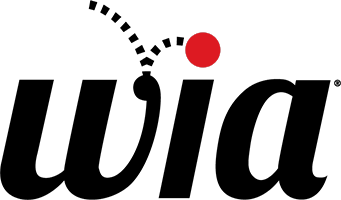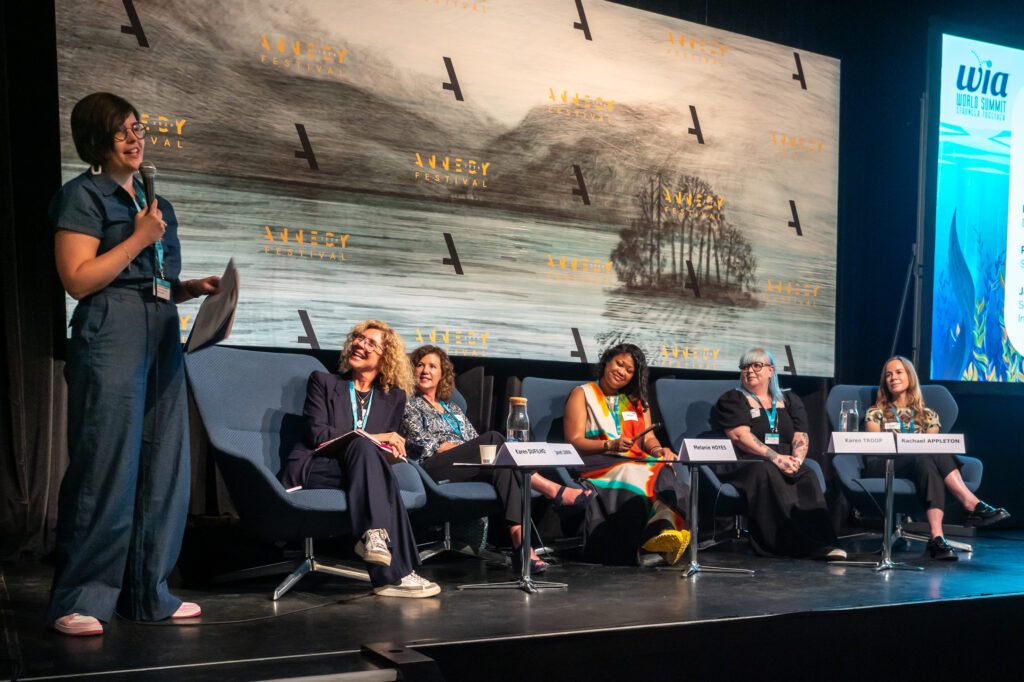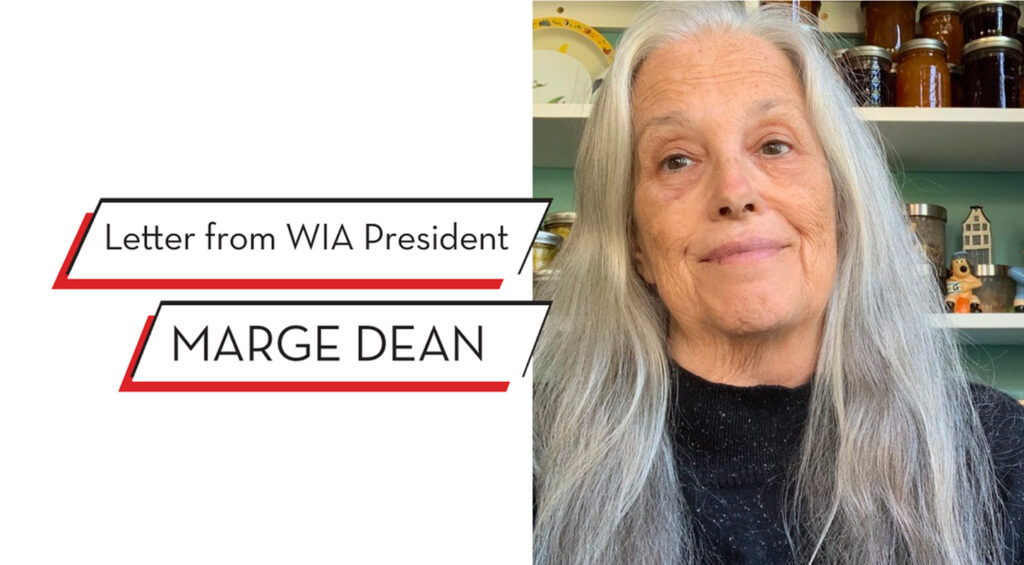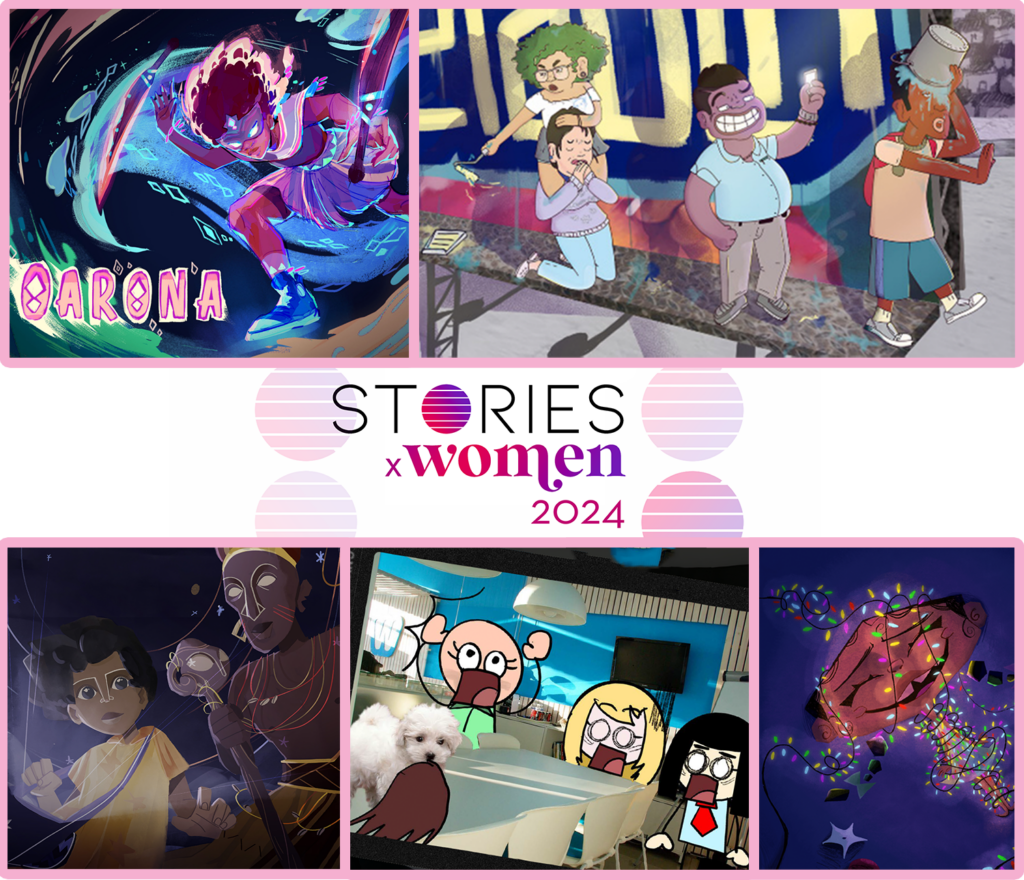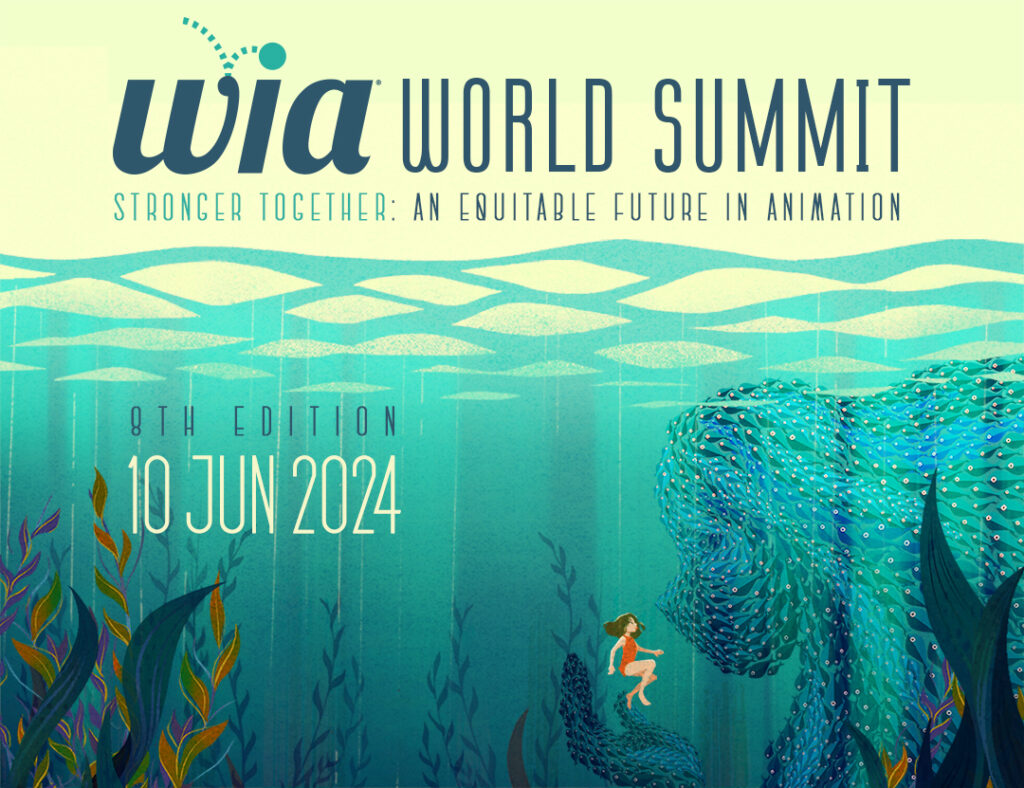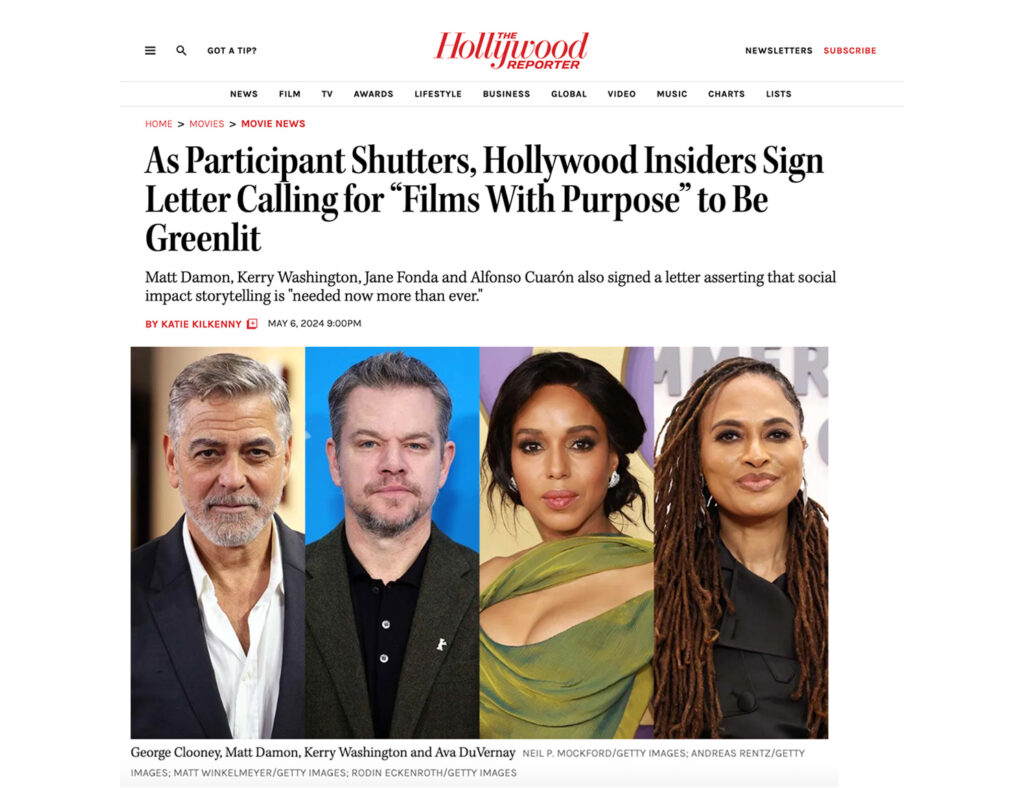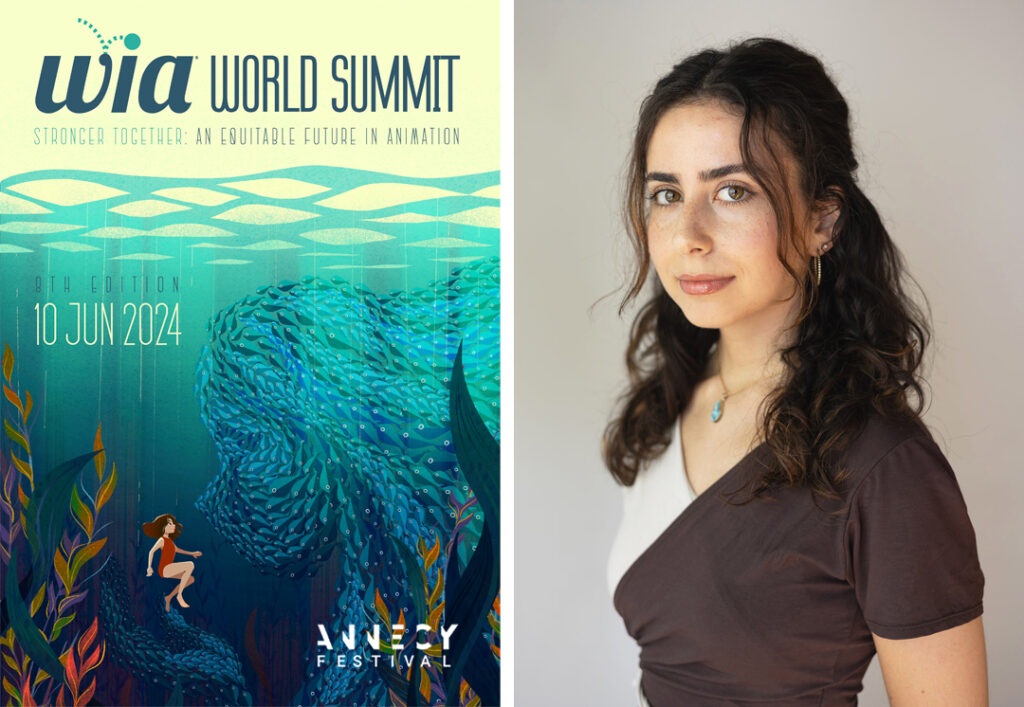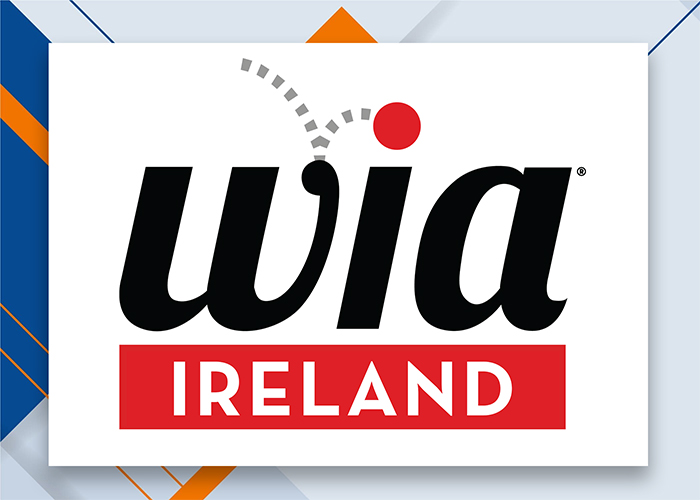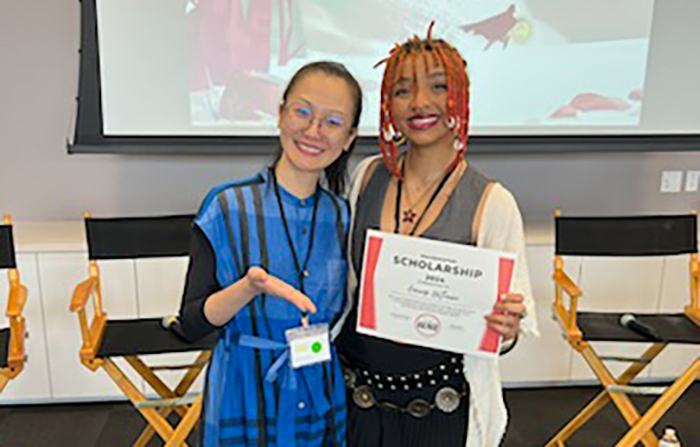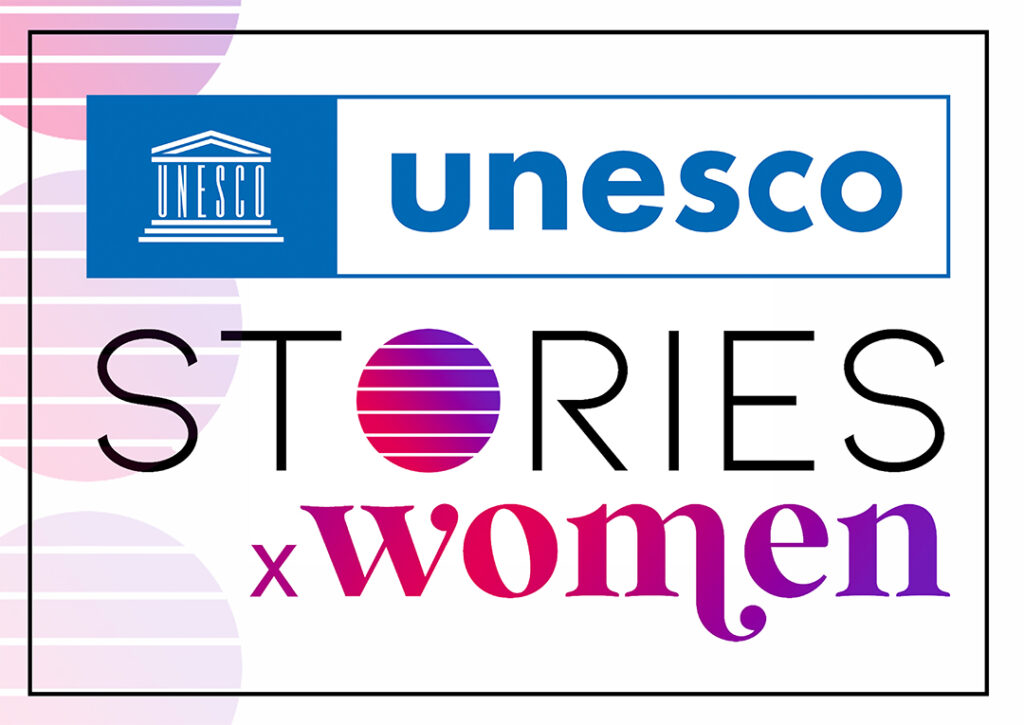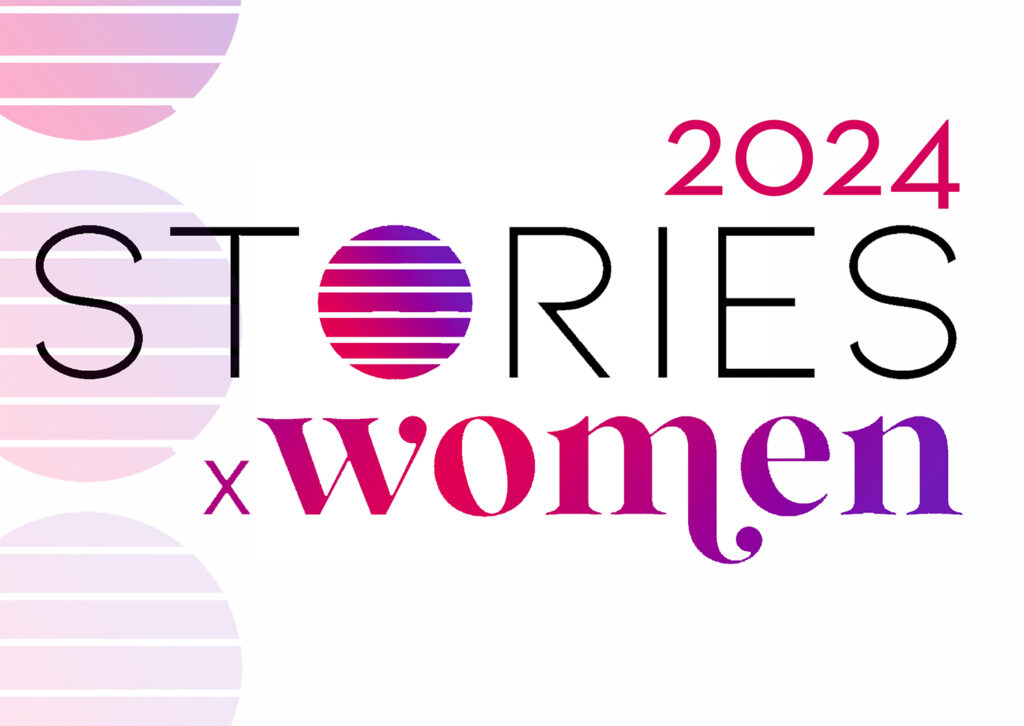Recap – WIA World Summit 2024
The 8TH Annual WIA World Summit at the Annecy International Animation Film Festival took place on Monday, the 10th of June, and was a tremendous success. Tackling the theme, ‘Stronger Together: The Equitable Future of Animation,’ the day-long symposium of panels and focused conversations featuring key thought leaders, filmmakers, and executives from around the world […]
Recap – WIA World Summit 2024 Read More »
